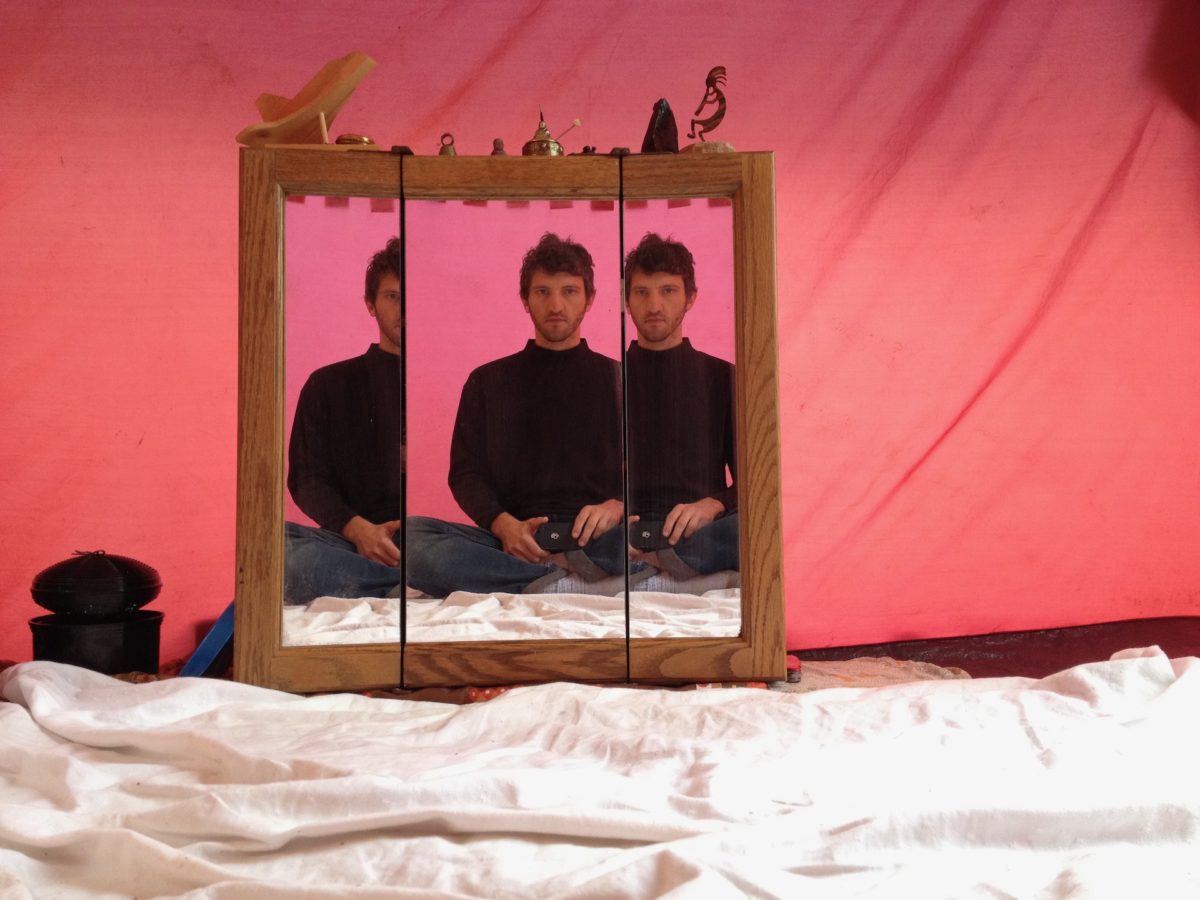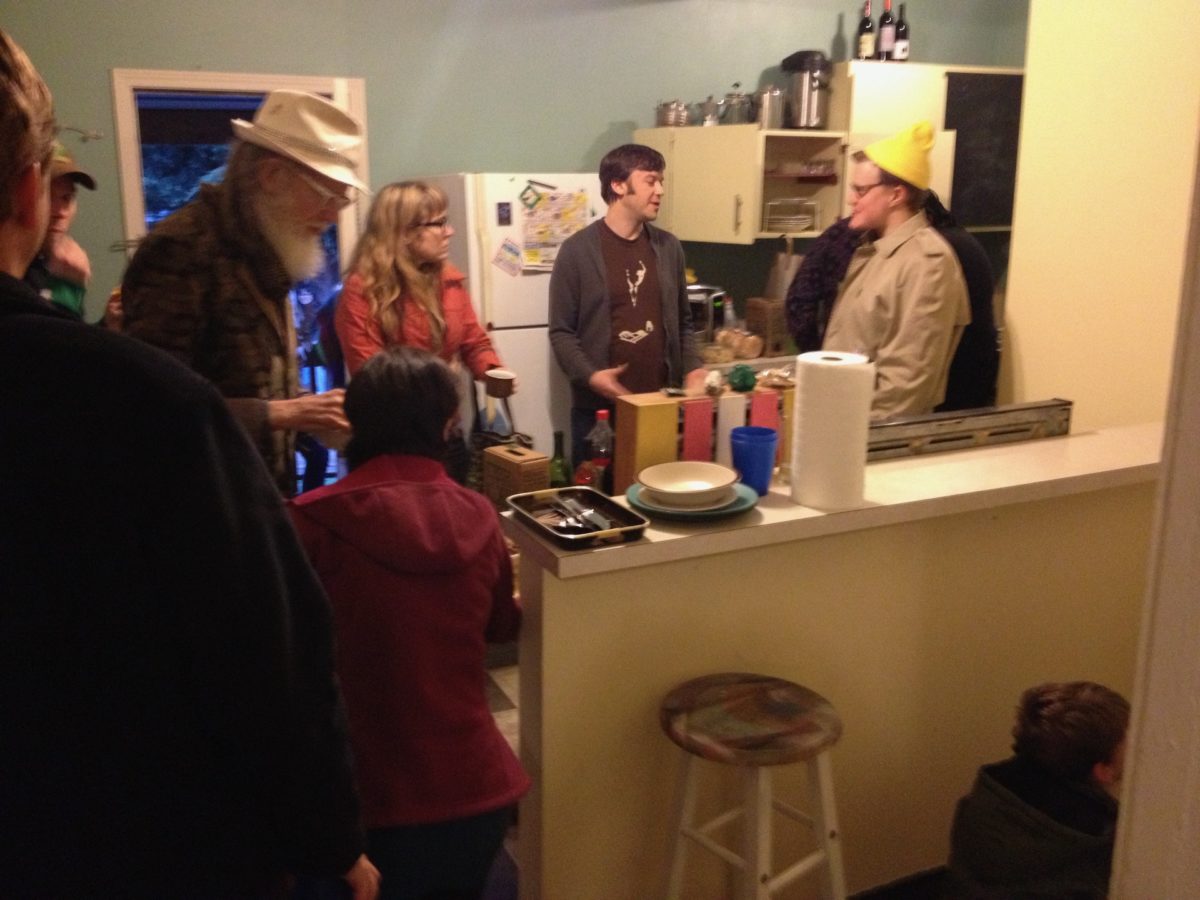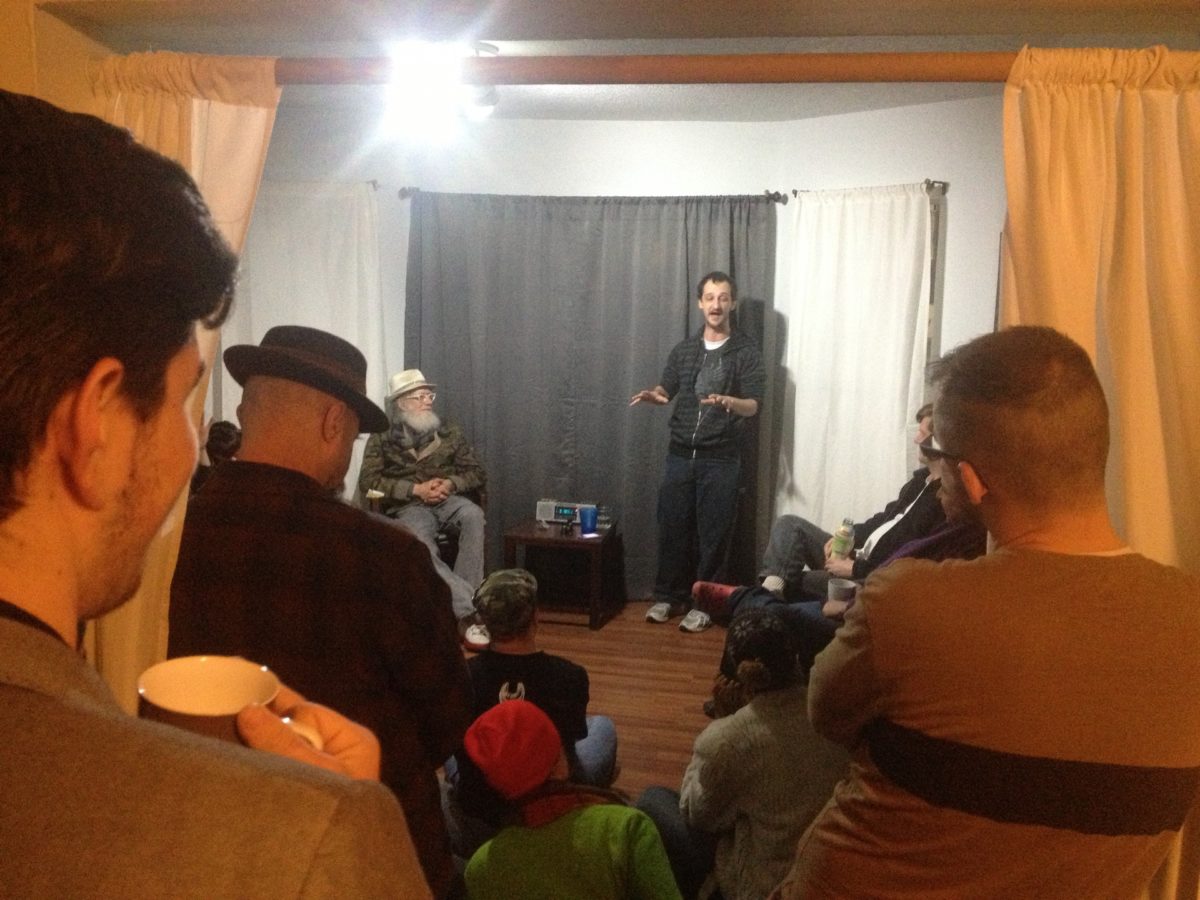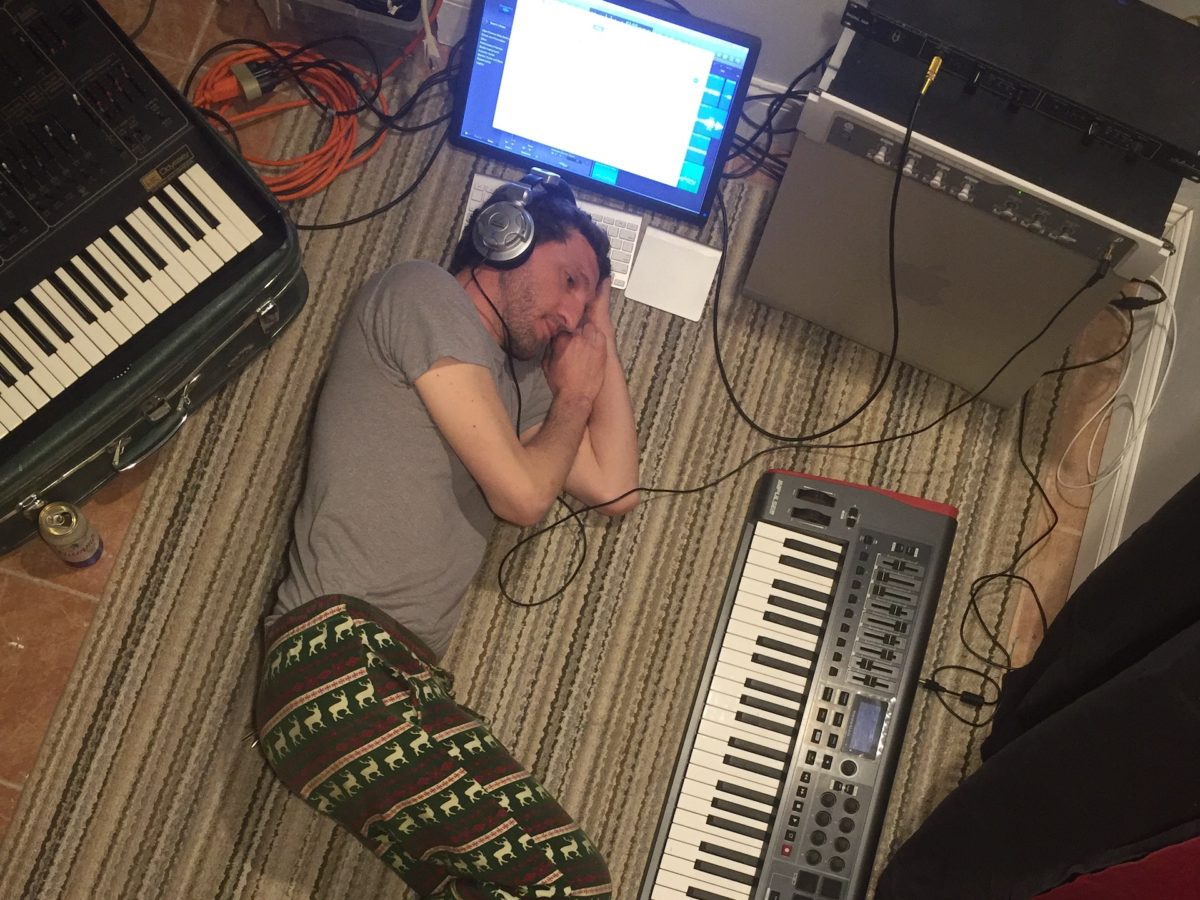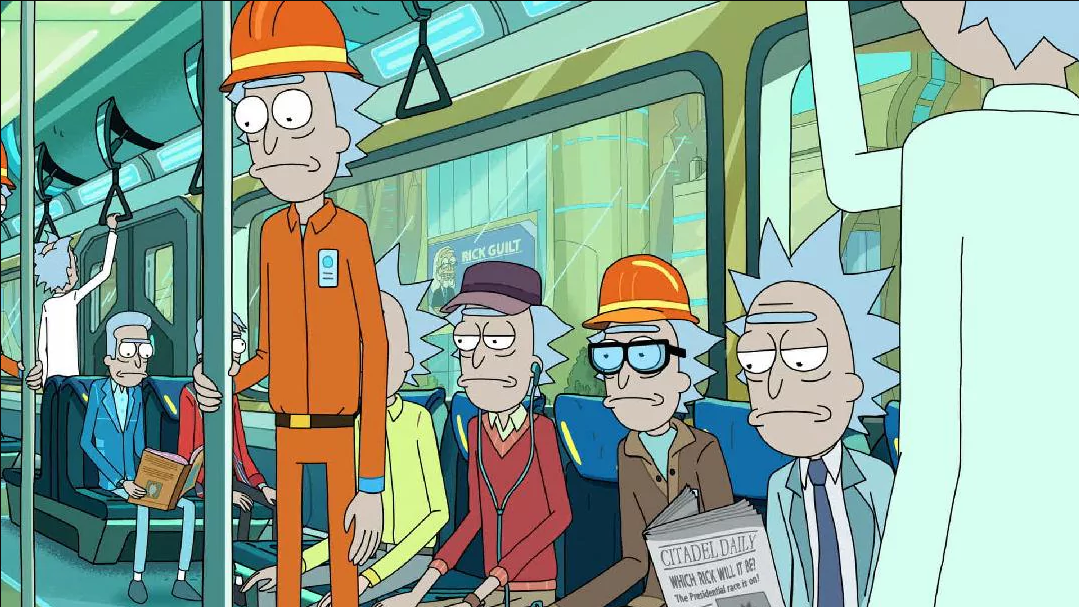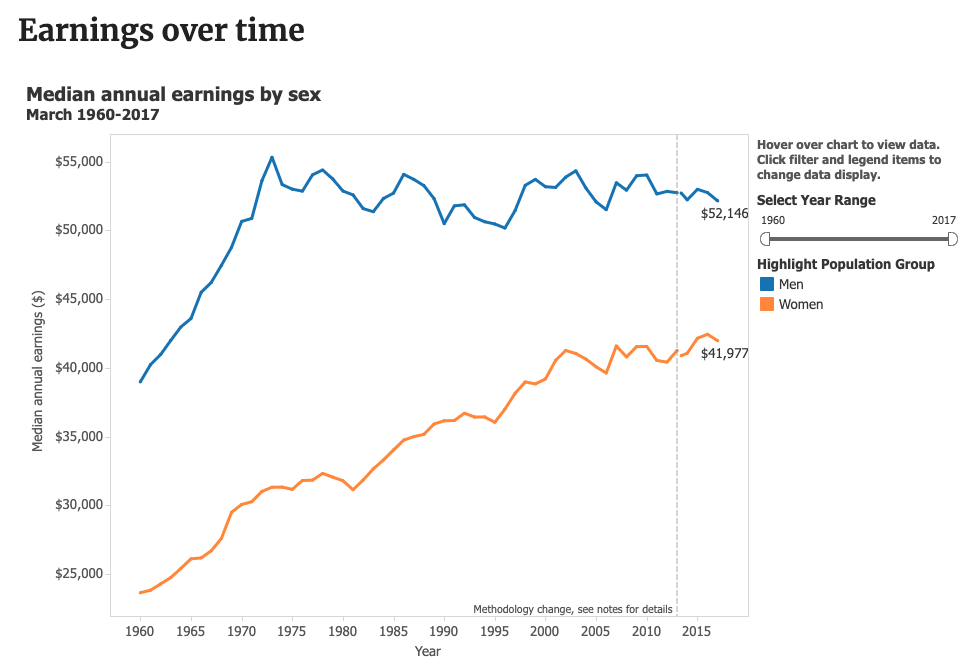Once More With Feeling: Get it Together
I cannot stress enough the importance of starting from where you are, and in my previous finance posts, I have approached that idea from the perspective of someone like myself, before I took those first steps. I am not writing a finance series for people that have money and experience already, this is for people like myself: Poor folks. There are lessons in here for anyone that has not invested yet, including people that already make good money.

You can start with five surplus dollars a month, like a kid with a piggy bank. That is step one. Whatever bit of money you can hoard, you have to start with that, then find ways to increase that amount. The piggy bank is okay for the first few hundred bucks, but matryoshka dolls more closely resemble the savings investment scheme that is a grown up strategy.
Living the path from where you began
Life is a game of risk management. Every action is a risk. Going out is a risk. Staying home is a risk. Driving is. Walking is. At any moment, you could be struck by lightning, stray gunfire, be caught in a structural collapse, be stricken with illness — everything can happen. The deal is, the better you manage your risks the more likely you are to avoid disaster. You cannot avoid every expense, you cannot avoid every disaster. Like anyone, I’ve been screwed many times.
If you’re doing well with it, then you will be better prepared for economic downturns and more likely to keep your assets improving over the long run. If you just react to every situation in life without a game plan, you will not manage shit. You will sell all your stocks at a loss exactly when you should be buying stocks. You will buy a new car because you got a dollar raise at work. You will budget for life in a short-sighted kind of way.
My viewpoint, well into my thirties, was that if I paid my rent and bills and I still had $100 and a paycheck coming, then I was solid. I happily spent 60% of my income on a downtown apartment. That apartment was a luxury for me, but it disabled me from saving money. In fact, I had to rent a cheap room to save money to get into that apartment in the first place.
Your circumstances will rule over you forever, until you take ownership of them. Sometimes there are hard decisions to make, like giving up the apartment, leaving spongey people to dry (speaking from experience as a spongey person), leaving jobs that don’t pay you right, between this and that, and the other.
Until you’re beyond wealthy, you will always be sacrificing luxuries and comforts, if you want money later. So long as you’re spending all your money now, or worse, credit cards, then you are assuring yourself that you will not have money later. Credit cards are a strategy to themselves, but I started with no credit card, so I’ll deal with credit and debt in a future piece.
Most folks starting to save money have a short term objective. When you’re inexperienced, you’re saving up for something. If you’re serious, then it will be forever. You should have in mind something like buying a house, starting a business, or funding an investment, while remembering that saving is just going to be a part of your budget, for life.
However much you earn and however much you expend, it is up to you to analyze what you can sacrifice to maximize your surplus income. Leverage your skills so that you can save money at home, earn extra money if necessary, or simply occupy your time so you aren’t just burning cash. Hobbies are proven to maintain health and youth, saving on bills. There are ways to turn hobbies into secondary income, and that is a very efficient strategy to building wealth.
What Am I Saving For?
Stocks and cryptocurrencies are moving fast right now, in these mid-pandemic market conditions. The stock market it behaving with certainty that the economy will reopen, and it hopes that the trifecta of stimulus (cheap oil, loans/grants, and UBI) will have bombastic short term results on quarterly profits, while accelerating innovations that will reduce corporate expenditures.
Most stock picks right now are still undervalued. Hundreds of solid companies are trading at 5-year lows right now, and I am talking about blue chip stocks, brands that will survive this, no problem. There are opportunities, like cannabis, that have actually performed well during the pandemic but were already suffering from a supply glut. Real estate stocks are down, many of them more than 75%, but these companies offer some of the most stable, high-dividend securities available, and are expected to bounce back.
Cryptocurrencies are booming as bitcoin is approaching its halving event, in which the mining reward for BTC is cut by 50%. Trading now around $9,000, as demand is hot and supply is cut, its value should recover 2017 peaks and exceed them. Historically, the value quadruples or better in between halving periods, bubbles and bursts, but continues on a bullish trend after that. This is the built-in supply control limit. It simulates a gold mine with limited supply, the opposite of debt-driven fiat currencies.
Here is an example of risk management. If you just got your stimulus check, and you put all $1,200 into BTC, then you have a fair chance of doubling it within summer, and quadrupling it within a year. In this plan, the first risk is that bitcoin could totally fail, so you lose most of your principle. Risk #2 is a happy one: Do you pull your money when it doubles, or do you keep it in and hope it quadruples? Let’s analyze this.
The odds are that bitcoin will continue on its trajectory of exponential growth for years, maybe decades — as the whole supply takes at least a century to mine. That is the design of the technology. Major flaws expose it to failure: If public sentiment turns or the cryptography is broken, then it plummets to zero.
If you buy about one ounce of gold, currently trading around $1,500, then you might gain a few percentage points on that, year over year, but it will always be valuable, because it is a commodity. If the whole internet shuts down, your BTC is worthless, and the dollar might even fail, so gold will be everything. It is safer to put it in gold, but in the short term, it seems more likely to profit with bitcoin.
So how do you manage this risk? The safe bet is to spread it around. You can buy $600 in bitcoin, and $600 in gold. Even more safe would be to invest it four ways: Open an Individual Retirement Account (IRA), open a stock brokerage account, create a bitcoin wallet, and buy some gold coins. You almost can’t go wrong like this. You have two different, volatile investments to be aggressive with, and two passive investments in which you just wait and add to over the course of your life.
The second risk is how to manage your profits as they come. If you’re trying to maximize your profit, you should wait until bitcoin quadruples before selling any of it. So here is another strategy. Again, it is about doing both. When BTC doubles, you can pull your principle investment of $1,200, put it in your IRA with a CD, let it grow for a lifetime. Keep your profit at play in BTC and it will probably double again. Or you can convert that into different cryptocurrencies, of which there are now hundreds. You have a cash farm going, basically, as you have bought the field at $1,200. All you do now is till it, and replant the seeds of the fruit.
What if Saving Was Also Investing?
When I really truly started saving money in 2017, it just sat in a savings account, earning credit union dividends — like $2 all year. If I had deposited most of it into an IRA then I could have taken a huge tax deduction that year, then rolled that figure back in. This is probably the safest way to save toward a house. The least risky, the most straight forward.
Alternatively, I could have purchased blue chip stocks, like Ford, and taken their dividends. You see, a savings account is a storage of cash, while gold, stocks, and crypto are storages of value. If Ford goes up by 5% and pays dividends, that crushes any savings account by a long shot, but the timing on your sale has to be good. If you’re saving to buy property, timing is everything, and you don’t want to get hung up with market fluctuations.
It is difficult to calculate, because it was growing gradually, then exploded in November and December — who knows when I would have sold it — but if I had stored my savings in Bitcoin, I think I could have tripled my savings. I was not experienced yet, so it’s all about hindsight and learning a lesson from it. Obviously the best performing asset of 2017 (Bitcoin) is where I should have put my money. I had contacts in the ecosystem by 2015 and really should have entered at that time, so I kick myself in the ass a little too much.
Everything I have learned about trading, I have learned by risking small amounts, and running simulations. In fact, my first simulation was high school economics class. It was the “Roaring 90’s” back then, so I am not surprised that my stock picks were successful. Ever since, I had a fascination for economics, but eventually in 2016, I mocked up a portfolio at Google Finance. It is hard to understand why I did not begin trading until 2019.
There are several digital mock portfolio platforms online, or do it like I did in high school: Look up the day ending quotes in the newspaper and produce a paper graph. Or you can make a spreadsheet on your computer, watch quotes on Bloomberg, and pretend to make sale/purchase orders. Produce a balance sheet and see if you are capable of turning a profit. Good news: You don’t have to calculate brokerage fees because they are no longer common for retail investors.
If you have an extra hundred bucks, you can open a stock brokerage account and toss in some extra cash — some of them offer cryptocurrencies plus stocks. Suppose I throw $10 at Bitcoin and make $0.50 back, the steps I take are the same as if I played $10,000, to earn $500 back. By the time you have made a hundred low-risk trades, you’re ready to up your game. And if you don’t enjoy the game, don’t play it. Invest in another way.
The main way to mitigate risk is to leverage expendable money. You pay your bills, you have at least a month’s savings above and beyond your immediate expenses. I recommend three months, but you manage your own plan. After that, you can play that money with no worries. It is not gambling, because you are purchasing shares in companies. Options are like gambling, but I won’t go there yet. Sometimes companies go belly up and your stocks fall to zero, sometimes they skyrocket. The portfolio balance needs to profit overall. But my primary rule is never to sell at a loss.
We have discussed risk management, savings, entering stocks and cryptocurrencies, and some strategies toward that end. My next installment will detail how I work with my portfolio. I’ll discuss digging in, digging out, buying the dip, dividend stacking, fractional shares, day trading, and I’ll compare a few known platforms so that you can think about how and why to use brokerage services.
If you want to start trading and to support me for writing these free blogs, then please join Robinhood with my activation link and we’ll both get a free stock.

